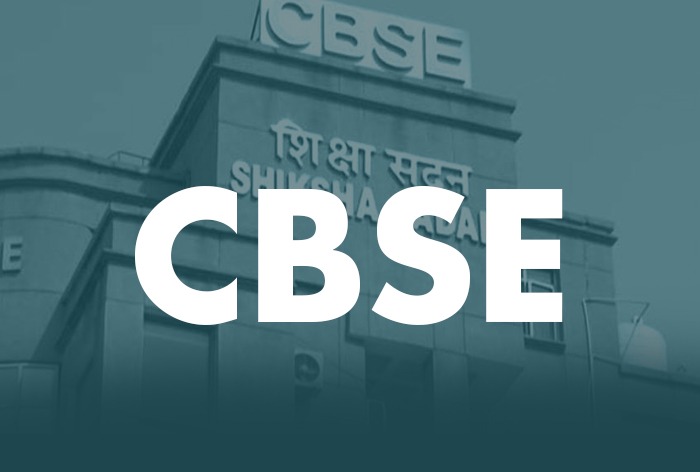In a landmark shift aimed at aligning early education with the National Education Policy (NEP) 2020, the Central Board of Secondary Education (CBSE) has issued a directive mandating that all affiliated schools adopt the mother tongue or state language as the medium of instruction from Kindergarten to Class 2.
The decision, outlined in a circular dated May 22, 2025, is based on the guidelines of the National Curriculum Framework (NCF) 2023, which underscores the importance of teaching young children in a language they are most familiar with. According to the directive, schools must prioritize the mother tongue, and where that is not feasible, the state language must be used.
Major Change for English-Medium Schools
This marks a significant departure from current practices in many states, including Maharashtra, where the majority of CBSE schools have been using English as the primary language of instruction. Beginning with the 2025–26 academic session, these schools will now be required to use Marathi—the state language—as the principal medium of instruction up to Class 2. English or Hindi may be offered as a second language.
Implementation Plan
To facilitate the transition, schools must establish a language implementation committee by the end of May 2025. This committee will be responsible for assessing the linguistic backgrounds of students, selecting suitable learning materials, and adapting the curriculum accordingly. Additionally, teachers will need to undergo training in multilingual education, which must be completed by July 2025.
Focus on Foundational Learning
The CBSE circular emphasizes that the primary objective at the foundational stage (ages 3 to 8) is to help children develop basic literacy and communication skills in their home language. Students should be able to read and write simple sentences, understand texts, and express their ideas effectively. A second familiar spoken language will be introduced in a phased manner to aid gradual multilingual development.
This directive aims to enhance cognitive development, improve comprehension, and foster stronger emotional connections in young learners by using languages they encounter in their daily lives.
The move reflects a broader push within India’s education system to decolonize and contextualize learning, creating a more inclusive and effective foundation for lifelong learning.



